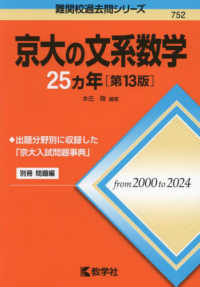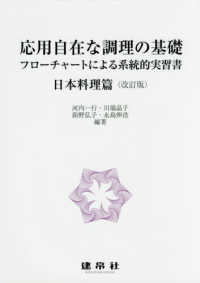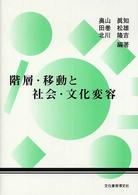Full Description
Illuminating the abstract art of the Inka, what it conveys about Inka values, and its relationship to those who view it.
Inka visual culture is unusual in its tendency toward abstraction. Public stonework, vessels used at state feasts, garments worn by the imperial elite-these objects announcing status and power are adorned with geometric designs that refuse figuration. After searching in vain for hidden referents, many scholars have resigned themselves to the unsatisfying conclusion that the designs are merely decorative.
Inside Abstraction develops a novel interpretation. Eminent art historian Carolyn Dean proposes that Inka geometries are neither ornamental nor coded depictions of other objects. Rather, Dean shows that in the Andean world, the designs were functionally self-aware, possessing perspectives of their own, quite literally looking back at and addressing viewers directly. Further, Dean contends that these agent-abstractions were teachers, conveying particular messages concerning social hierarchy: the relations among geometries and colors instructed viewers as to their own proper social relations. Inka designs thereby served imperial aims by wordlessly communicating the state's values and demands for submission. Extensively illustrated and rigorously argued, Inside Abstraction is a dramatic step forward in our understanding of Inka art and political order.
Contents
List of Illustrations
Note on Orthography
Introduction. Naming the Problem
Chapter 1. Vexing Texts and Confounding Configurations
Chapter 2. Thoughtful Decoration
Chapter 3. Pattern in Practice
Chapter 4. Intersubjective Interpretation
Chapter 5. Nonimagery across Cultures
Chapter 6. Collaborative Cultures
Acknowledgments
Notes
Glossary of Frequently Used Runasimi (Quechua) Words
Bibliography
Index








